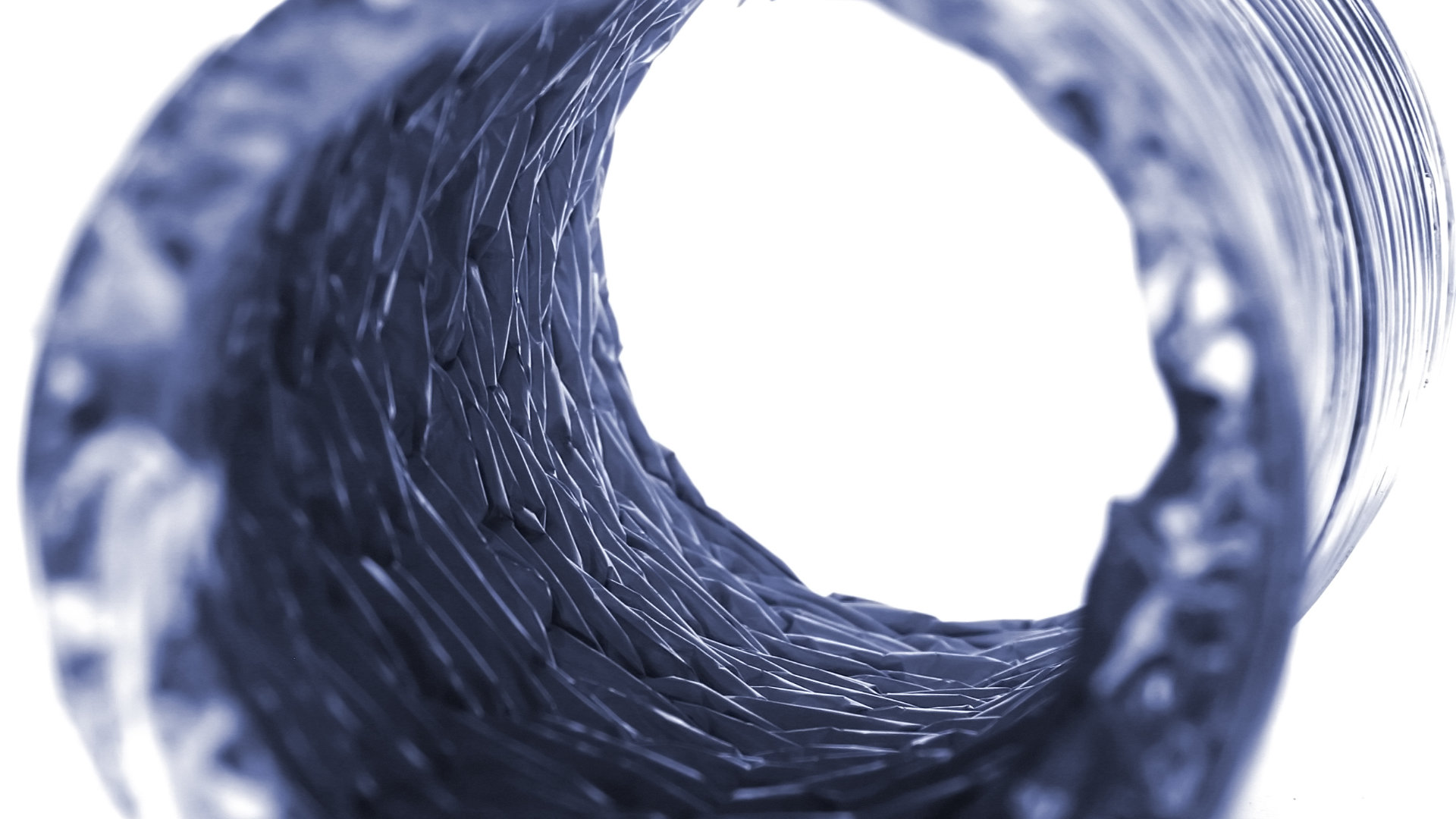
If your Speed Queen dryer is struggling to produce enough heat to adequately dry your laundry, or if it’s not generating any heat at all, this handy guide will explain what the likely causes are and offer tips to help you fix the issue.
Most of these troubleshooting tips can be completed by yourself; however, you’ll need some basic tools like a multimeter and a screwdriver set. If you feel uncomfortable carrying out any of the below steps, don’t hesitate to call in a professional to help you fix the issue safely.
Here are the six most likely reasons your Speed Queen dryer isn’t heating properly.
1. It’s on a No Heat Cycle Setting
Most modern Speed Queen dryers have a no heat or air fluff setting that allows you to dry delicate items and fluff pillows. It’s worth double-checking that this option hasn’t been accidentally selected.
2. The Thermal Fuse Has Blown
The thermal fuse is a small component located on the blower housing that cuts off power to the heating element when the dryer overheats. Its primary purpose is to prevent dryer-related fires.
However, once the thermal fuse is blown, your dryer won’t heat until the thermal fuse is replaced. To check if the thermal fuse on your Speed Queen dryer has blown, follow these instructions:
- Unplug your appliance for safety.
- Remove the front or rear panel to access the thermal fuse.
- Refer to your user manual for the exact location of the thermal fuse. It’s usually on the blower housing or near the heating element.
- Disconnect the wires connected to the thermal fuse.
- Test the thermal fuse for continuity using a multimeter by pressing the probes on its terminals.
- If the reading is 0 or the multimeter beeps, the thermal fuse has not blown and can be reinstalled.
- If there’s no reading or infinite resistance, the thermal fuse is blown and will need to be replaced with a new compatible one.
Keep in mind that a blown thermal fuse often indicates that the dryer vent has restricted airflow, which means hot air can’t be expelled properly, leading to overheating.
Therefore, if you’ve a blown thermal fuse, it’s also a good idea to clean out the dryer venting and lint trap to remove any blockages.
3. The Heating Element Is Broken
The heating element is the component that heats the air inside the dryer. Over time, it can burn out or break, and your dryer won’t heat until it’s replaced. To check if your heating element is broken, follow these steps:
- Unplug your dryer for safety.
- Remove the rear or front panel to access the heating element.
- Locate the heating element; it usually looks like a metal compartment with coils of wire inside.
- Take a photo of how the heating element is set up.
- Remove the mounting screws and disconnect the wires to remove it.
- Inspect the coils for any breaks, if you find any, the heating element will need to be replaced.
- If it appears ok, set your multimeter to continuity and test the heating element by pressing the probes against its terminals.
- If the multimeter beeps or has a reading near 10, your heating element is likely fine and working.
- If the multimeter doesn’t beep or give a good signal, the heating element is broken and you’ll need to replace it with a new one.
4. The Gas Supply Is Turned Off
If you have a Speed Queen gas dryer, it’s worth checking that the gas supply is’t turned off or hindered. You can do this by finding the gas supply valve, which is usually located behind or near the dryer and ensuring it’s turned fully on.
It’s also worth checking that the gas supply line is connected and that it doesn’t have any kinks, damage, or pinching that could prevent the gas from flowing to your appliance. If you believe there’s potentially another problem with your gas supply, such as a leak, you should call in a licensed gas fitter to handle the issue for you.
5. A Thermostat Is Faulty
Speed Queen dryers usually have two or three thermostats, and if one of them is faulty, it can cause the appliance not to heat. These thermostats include cycling thermostats, which regulate when the heat cycles on and off to ensure the right temperature is maintained, and high-limit thermostats, which cut off the heat completely to prevent overheating.
You can inspect and test the thermostats by following these steps:
- Unplug your Speed Queen dryer for safety.
- Pull the dryer away from the wall and remove the back or front panel to access the thermostats.
- Locate the thermostats. You can usually find them on the blower housing or near the heating element.
- To avoid confusion, remove only one thermostat at a time, test it, and reinstall or replace it before moving on to the next one.
- You can remove the thermostat by disconnecting the wires and removing any screws or clips holding it in place.
- Test the thermostat for continuity by pressing the multimeter probes against its terminals.
- If the multimeter doesn’t beep or if it displays a 1, the thermostat doesn’t have continuity. This means it will need to be replaced with a new one.
6. The Thermistor Is Faulty
The thermistor is a temperature sensor that monitors and regulates the heating element or burner. If it’s faulty, it can cause the dryer not to heat. You can inspect and test the thermistor by following these steps:
- Unplug the dryer for safety.
- Access the thermistor by pulling the dryer away from the wall and removing the front or back panel.
- You can usually find the thermistor near the blower housing, but check your user manual for its exact location on your model.
- Disconnect the wires connected to the thermistor.
- Use a multimeter set to ohms to test for resistance by pressing the probes on the thermistor’s terminals.
- With the probes in place, use a hairdryer on the lowest setting to gently heat the thermistor.
- Compare the change in resistance, as shown by the multimeter, to the specifications on the tech sheet for your dryer model.
- If the resistance doesn’t change as expected, the thermistor is likely faulty and will need to be replaced with a new one.

Your Guide to Whirlpool Microwave Replacement Parts

What to Do When Your Kenmore Dryer Won’t Start

How to Resolve the LG Washer LE Error Code

Why Does My Oven Smell Like Gas? Causes and What to Do

Maytag Dryer Not Heating? Here’s How to Fix It

6 Common Reasons Your Speed Queen Dryer Isn’t Heating

8 Reasons Your Samsung Refrigerator Is Not Cooling

9 Most Reliable Washer and Dryer Brands

How to Get Ink out of Your Dryer the Easy Way

Why Is My Fridge Making Noise That Stops When the Door Is Open?

Frigidaire Refrigerator Error Code H1: Causes & Solutions

How to Clean a Dryer Vent Without Moving the Dryer

9 Reasons Your LG Refrigerator Isn’t Cooling

LG Refrigerator Not Making Ice? Here’s What To Do!


